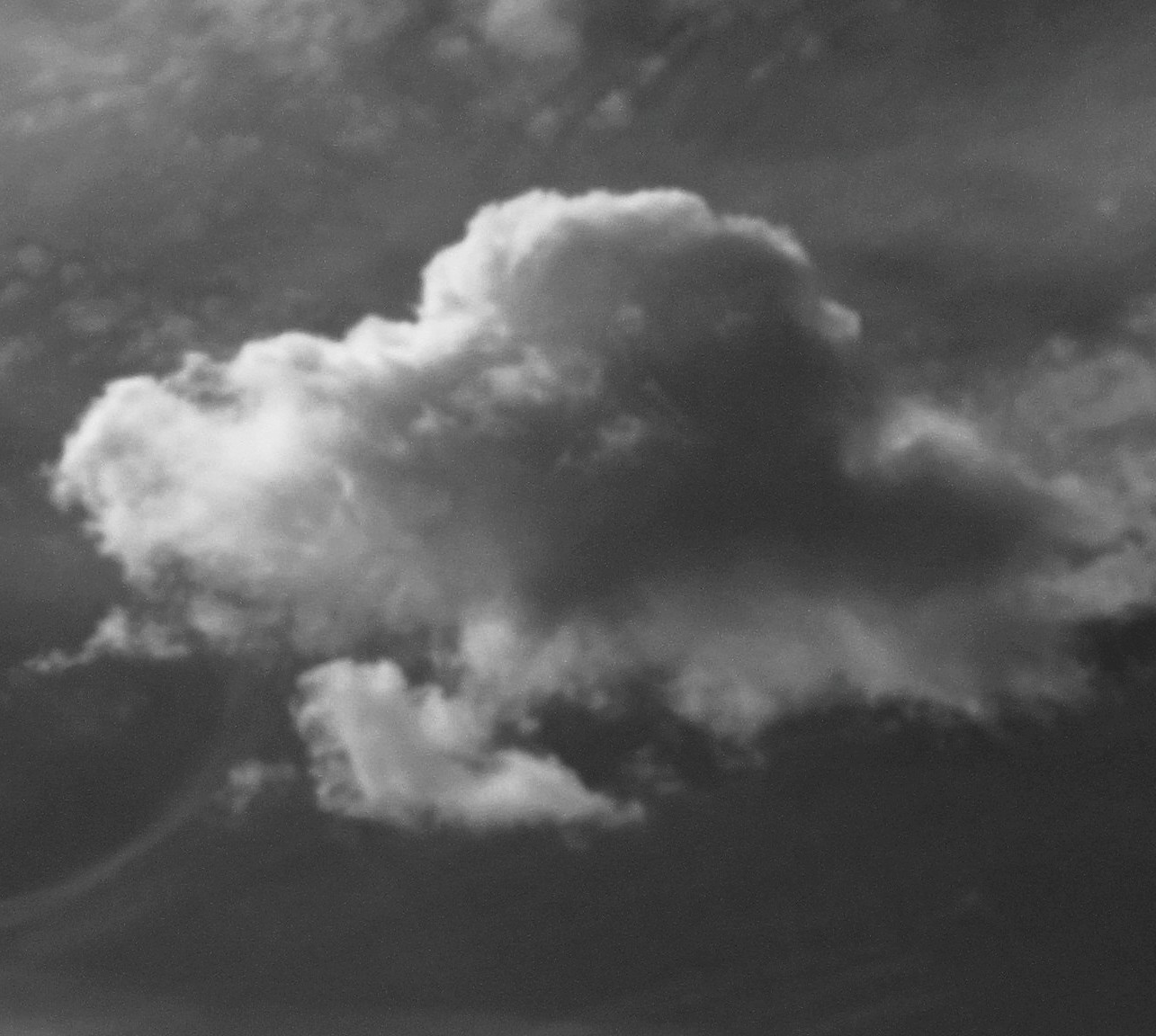Cartography of Spaces
I.“Croisière au Cercle Polaire. Ete 1929”
I.“Croisière au Cercle Polaire. Ete 1929”
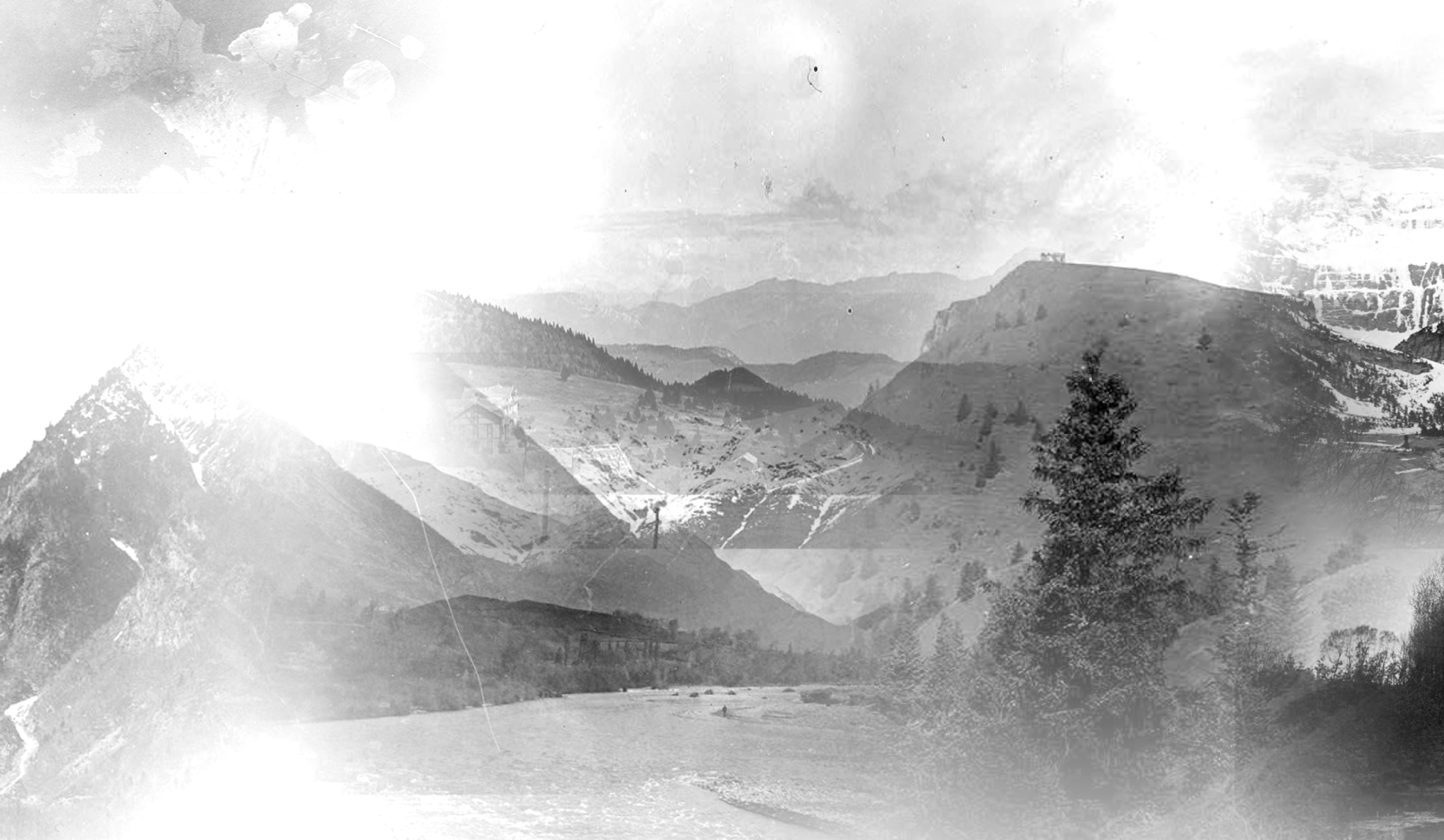
Cartography of Spaces
II. “Infinite Borders
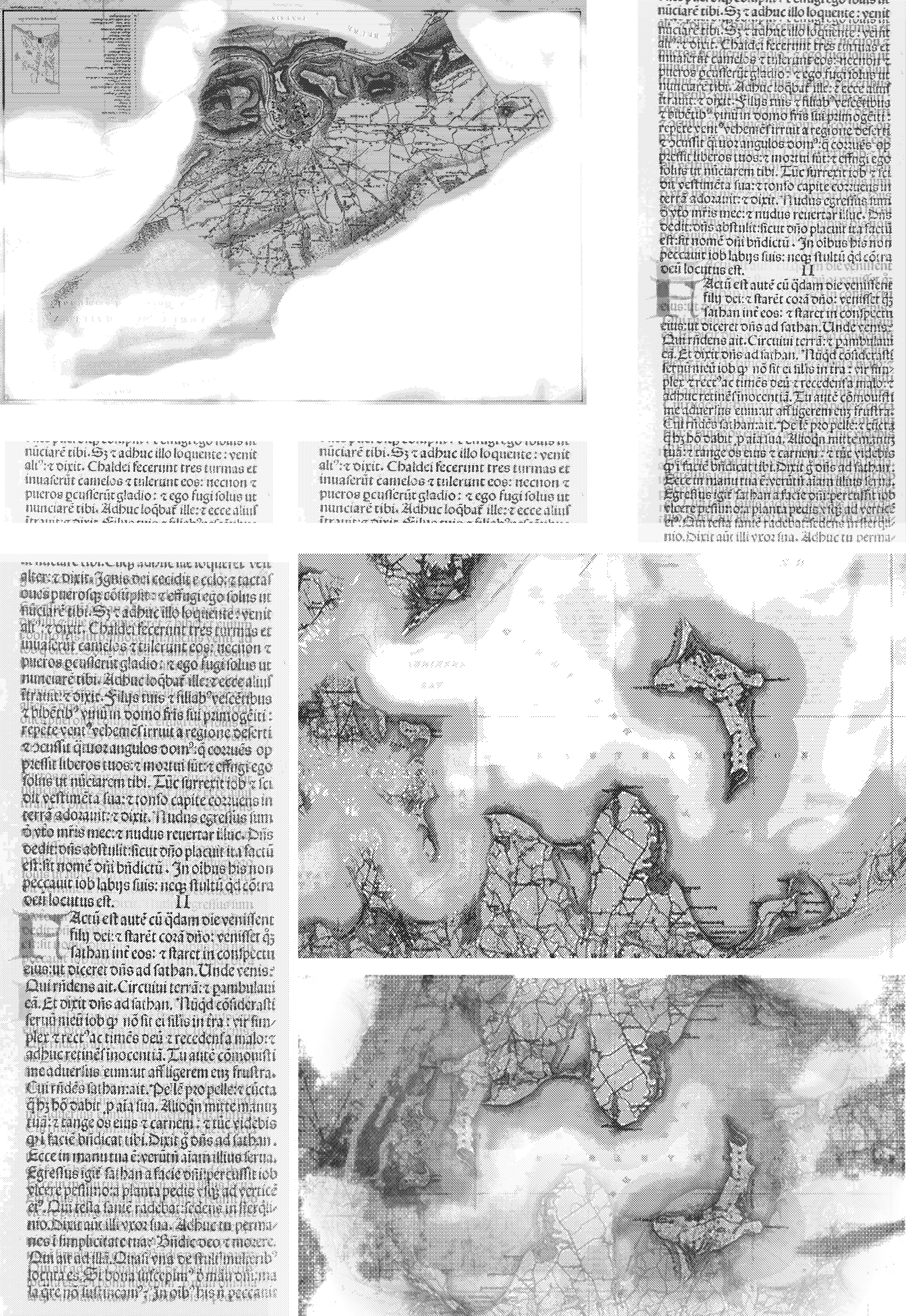
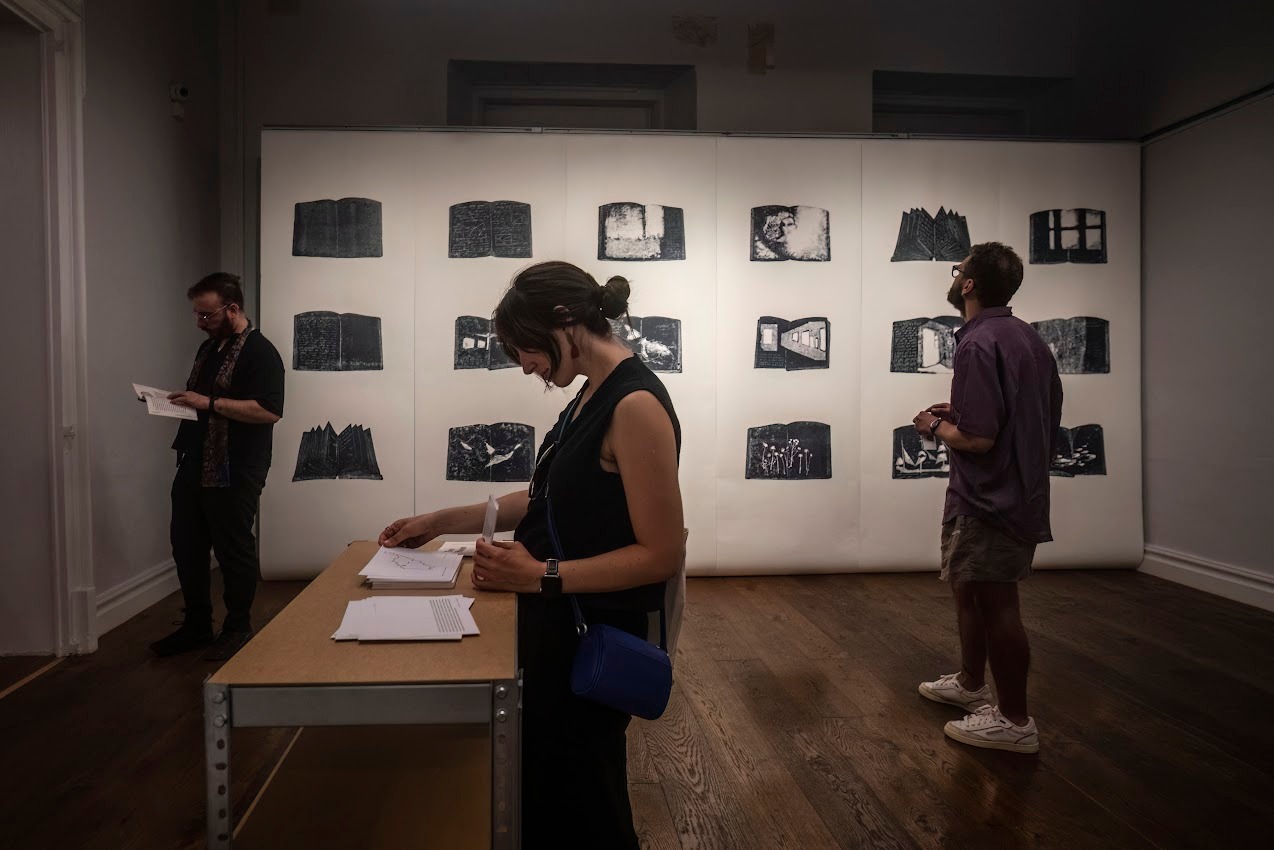
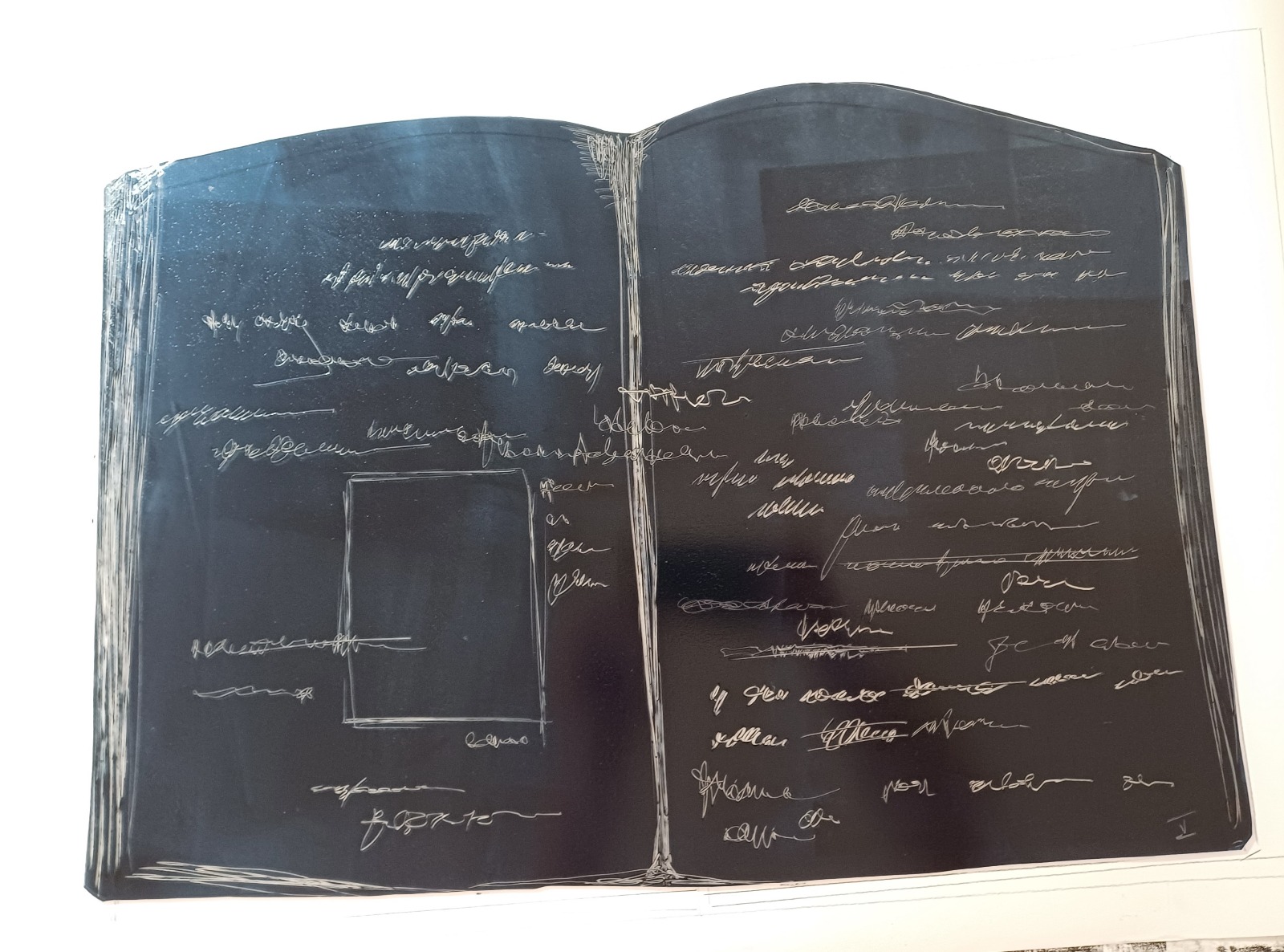
Cartography of Spaces
III. “Maisons d'Ecritures”
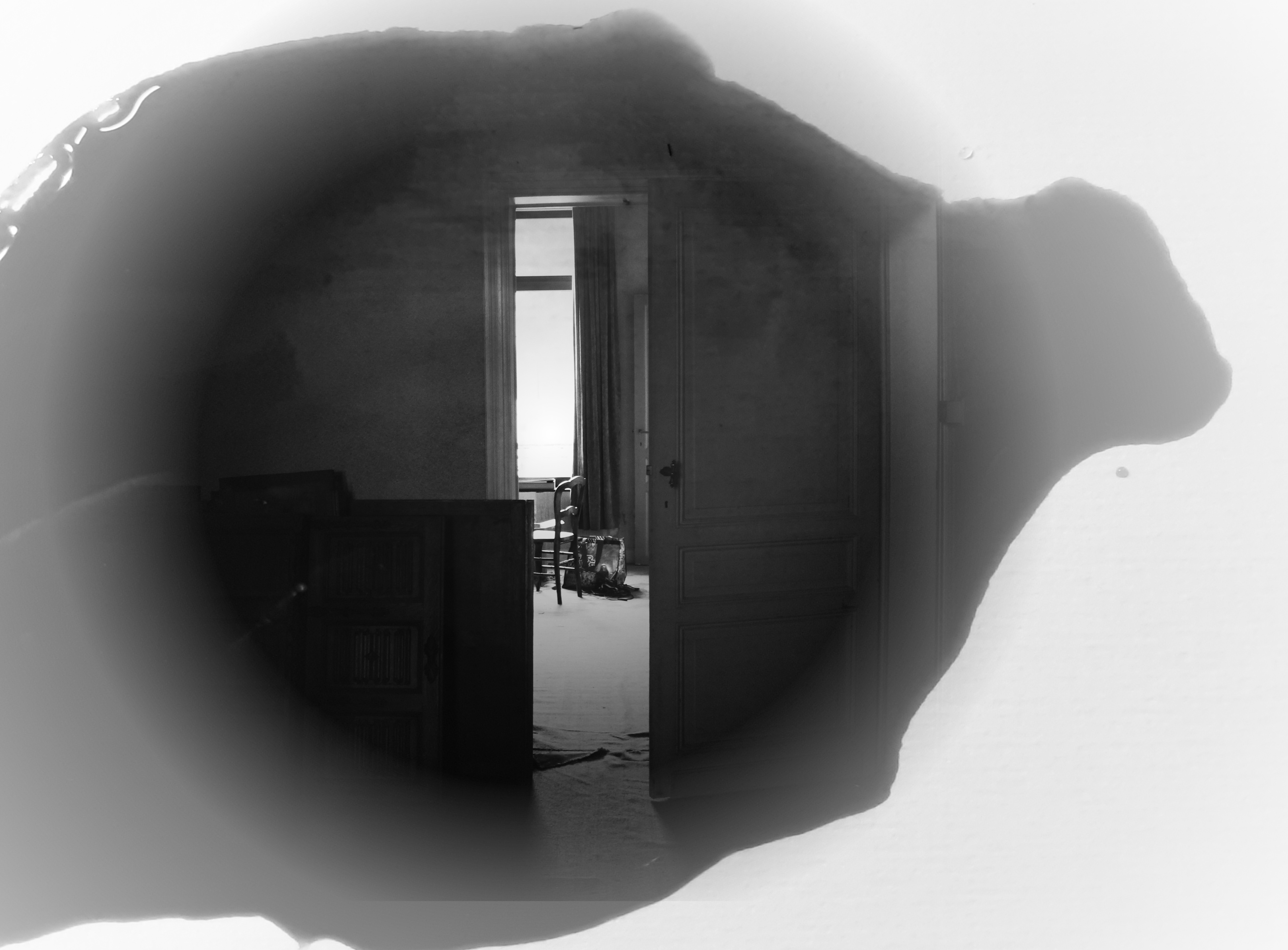
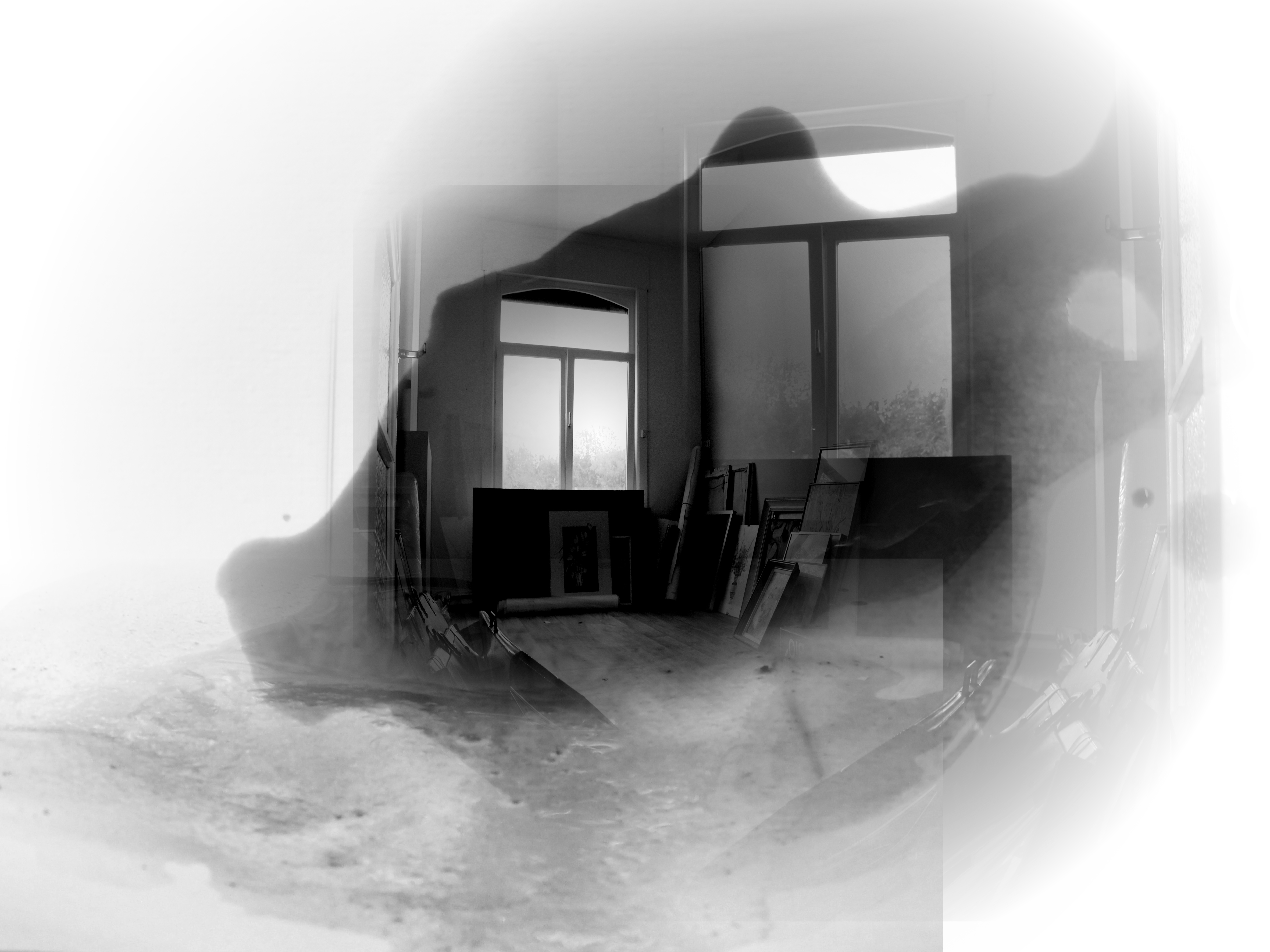
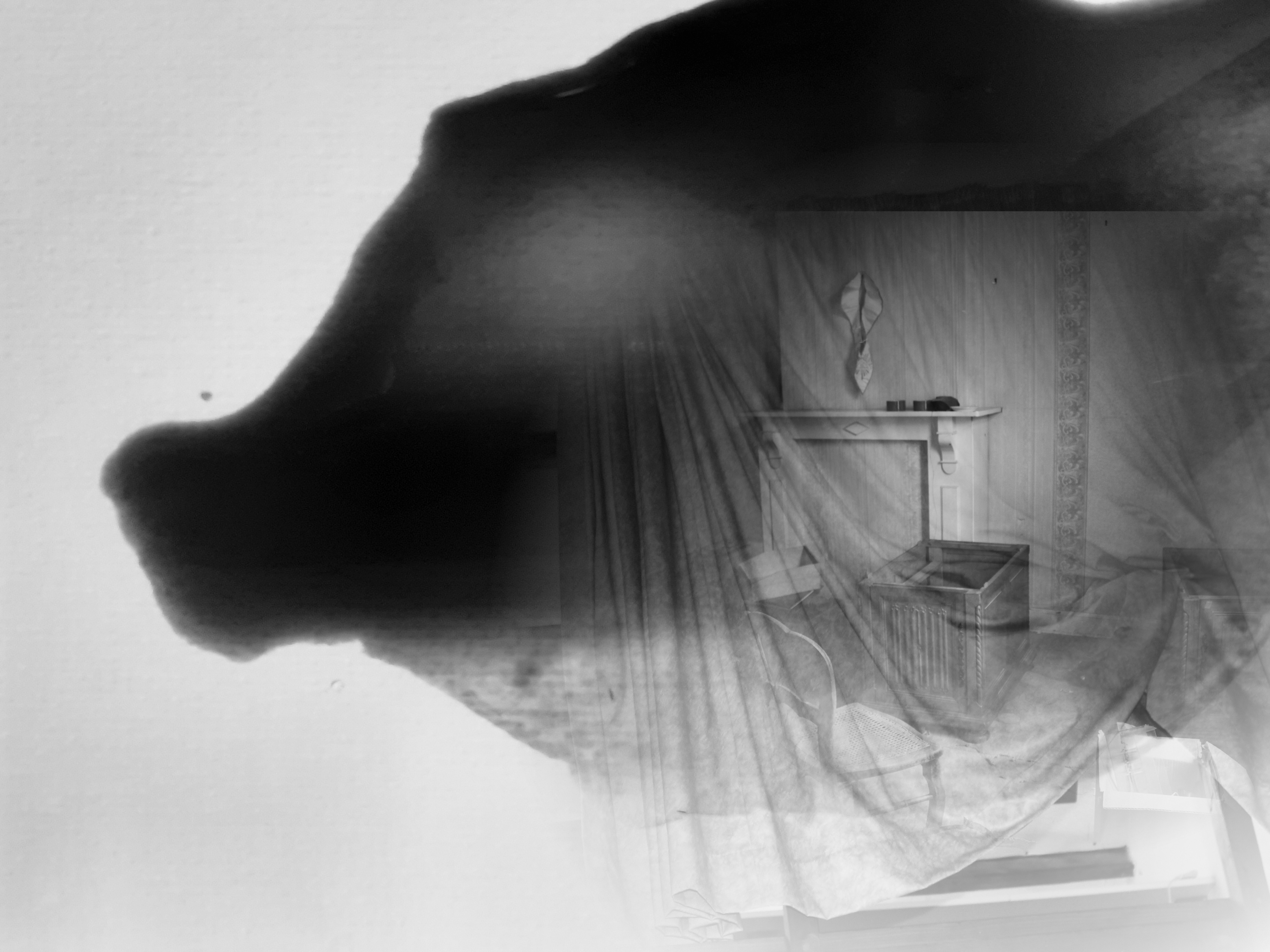
Notes
1 Synopsis - In July 1929, Léon Losseau, a Belgian lawyer, boarded the Brazza, a huge and majestic cruise ship, to discover the fabulous landscapes of the Arctic Circle. He crossed the North Sea and the Norwegian Sea and reached the landscapes he had dreamed of, the glaciers and fjords at the end of the world: a journey with spectacular panoramas that Léon Losseau archived and immortalised in photographs.
The exhibition ‘Cruise to the Arctic Circle. Summer 1929’ retraces his physical journey of yesteryear, which merges with the artist's 2018 voyage, where eras, images and archives intertwine
Techniques - Multidisciplinary exhibition (video installations, paintings, photographs, drawings, ‘real’ and fictional archives);
Invitation of Italian sound artist Giulia Deval and Norwegian photographer Stig Marlon Weston; Illustration of the book ‘Les nombeuses étendues ouvertes de la mer’ (The Many Open Spaces of the Sea), written
Archives - The 1929 archives, photographs and library of Léon Losseau & documents/images/photographs collected during the travel in 2018
Datas - La Maison Losseau, Mons (BE), 2018Captions -
1/ Layers of stories, India ink on paper, 2018
2/ (slide show) Travel book composed of notes, research, texts, drawings, 2018 & The Imaginary Journey of Léon Losseau, digital collage from the photographs of Léon Losseau, 2018
2
Synopsis -
The variations of ‘Infinite Borders’ represent an undefined, imaginary place.
Drawing inspiration from ancient archives such as Egyptian volumes and medieval atlases, the artist blurs the lines between time and the production of documents.
These slow-produced works seek to create confusion with the imprecise archives of earlier eras, created using ancient presses or fragments of documents.
Techniques - Installations consisting of prints and displays of archival documents and fictional archives
Archives - Egyptian volumes, medieval atlases, engraved wax tablets, palimpsests, libraries of yesteryear, etc.
Datas - Exhibitions by the Fictive Archive Investigation group, ISELP (BE) & Malta Society of Arts (MA), 2025
Captions -
1/ Excerpt of Volumen de territoria ad infinitum, photolithography on Japanese Banshi Tsuru Heritage Washi paper 25 gr, 2022
2/ (slide show) Exhibition view "Two Moons & Two Suns," Atlas of Open Stories, monotypes on paper series of 6 rolls of 90 x 300 cm, 2025 & detail of one of the monotype of the Atlas
Drawing inspiration from ancient archives such as Egyptian volumes and medieval atlases, the artist blurs the lines between time and the production of documents.
These slow-produced works seek to create confusion with the imprecise archives of earlier eras, created using ancient presses or fragments of documents.
Techniques - Installations consisting of prints and displays of archival documents and fictional archives
Archives - Egyptian volumes, medieval atlases, engraved wax tablets, palimpsests, libraries of yesteryear, etc.
Datas - Exhibitions by the Fictive Archive Investigation group, ISELP (BE) & Malta Society of Arts (MA), 2025
Captions -
1/ Excerpt of Volumen de territoria ad infinitum, photolithography on Japanese Banshi Tsuru Heritage Washi paper 25 gr, 2022
2/ (slide show) Exhibition view "Two Moons & Two Suns," Atlas of Open Stories, monotypes on paper series of 6 rolls of 90 x 300 cm, 2025 & detail of one of the monotype of the Atlas
3
Synopsis -
For the publication of its first collection, La Maison Losseau decided to bring together three writers to symbolically evoke their mental spaces, their ‘homes’ where their writing unfolds.
Claire Ducène created the illustrations and designed the book “Maisons d'Ecritures” with printer Bruno Robbe.
Claire Ducène created the illustrations and designed the book “Maisons d'Ecritures” with printer Bruno Robbe.
Techniques - An artist's book composed of illustrations of ink stains that unfold as the story progresses, like the ink of a writer or printer.
A work in which the authors' three booklets are conceived differently, multiplying the possibilities of publication by diverting the map and the pages to be cut out.
Archives - Textes des écrivains : Murs porteurs, C. Van Acker – La Maison, A. Cornil – Rien ici n’arrête la lumière , Éric Piette
Datas - Première édition de La Maison Losseau, 2021
Captions -
(slide show) Inked Tales, serie of prints of photographic digital collages and India ink, 2021. Created for the book "Maisons d'Ecriture", La Maison Losseau Editions
A work in which the authors' three booklets are conceived differently, multiplying the possibilities of publication by diverting the map and the pages to be cut out.
Archives - Textes des écrivains : Murs porteurs, C. Van Acker – La Maison, A. Cornil – Rien ici n’arrête la lumière , Éric Piette
Datas - Première édition de La Maison Losseau, 2021
Captions -
(slide show) Inked Tales, serie of prints of photographic digital collages and India ink, 2021. Created for the book "Maisons d'Ecriture", La Maison Losseau Editions
Chapter (2)
~ Cartography of Spaces
Unknown Worlds
and Labyrinths
Claire Ducène explores cartography as a way of making inner and imaginary worlds visible.
Her works are based on journeys, real or imagined, which are transformed into sensitive maps where each line becomes a possible path. She questions the boundary between travelled space and invented space, where memory and imagination intertwine.
![]() Where are you in my wanderings?, mental map printed on watercolour paper, 2022
Where are you in my wanderings?, mental map printed on watercolour paper, 2022
In this research, she joins Pierre Bayard who, in his book ‘How to Talk About Places You've Never Been’, shows how territories we have not travelled through can nevertheless influence our relationship with the world.
‘Unknown worlds’ thus become raw material: they resemble each other without us ever having set foot in them, and yet each retains its uniqueness. Claire Ducène approaches them as fragments of a universal and intimate cartography.
The labyrinth becomes a central metaphor for this work. It symbolises both the complexity of human journeys and the impossibility of reaching a single truth.
Maps and labyrinths interact in her installations as representations of mental territories: spaces where we orient ourselves less with coordinates than with emotions, memories and projections.
![]()
Exhibition’s view «Croisière au Cercle Polaire. Eté 1929», mix with archives of Léon Losseau and artpieces from Claire Ducène, La Maison Losseau
(c) A. Breyer
Her works are based on journeys, real or imagined, which are transformed into sensitive maps where each line becomes a possible path. She questions the boundary between travelled space and invented space, where memory and imagination intertwine.
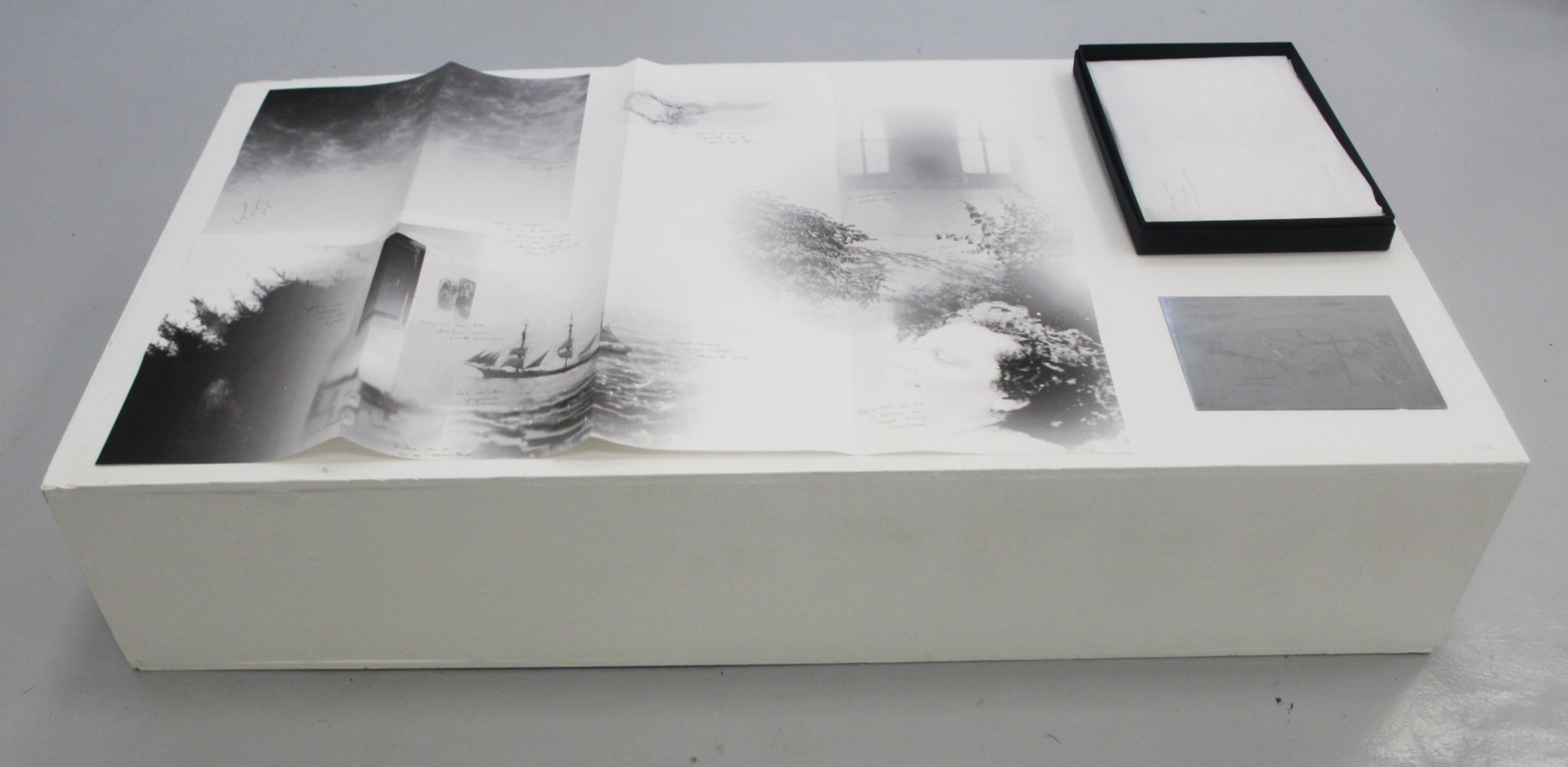 Where are you in my wanderings?, mental map printed on watercolour paper, 2022
Where are you in my wanderings?, mental map printed on watercolour paper, 2022In this research, she joins Pierre Bayard who, in his book ‘How to Talk About Places You've Never Been’, shows how territories we have not travelled through can nevertheless influence our relationship with the world.
‘Unknown worlds’ thus become raw material: they resemble each other without us ever having set foot in them, and yet each retains its uniqueness. Claire Ducène approaches them as fragments of a universal and intimate cartography.
The labyrinth becomes a central metaphor for this work. It symbolises both the complexity of human journeys and the impossibility of reaching a single truth.
Maps and labyrinths interact in her installations as representations of mental territories: spaces where we orient ourselves less with coordinates than with emotions, memories and projections.
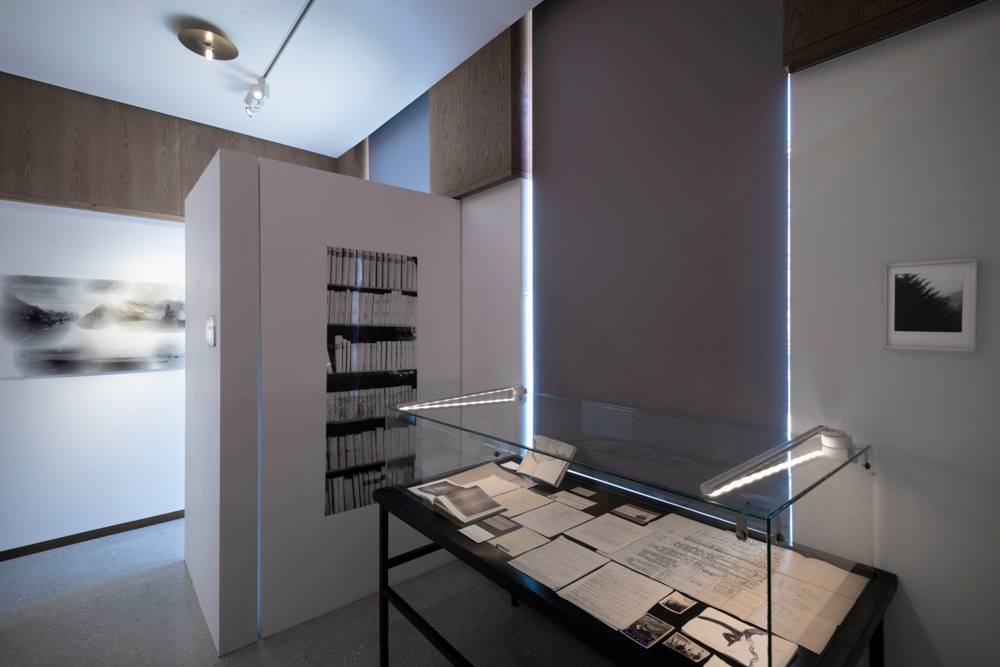
Exhibition’s view «Croisière au Cercle Polaire. Eté 1929», mix with archives of Léon Losseau and artpieces from Claire Ducène, La Maison Losseau
(c) A. Breyer
